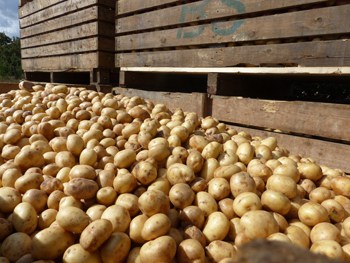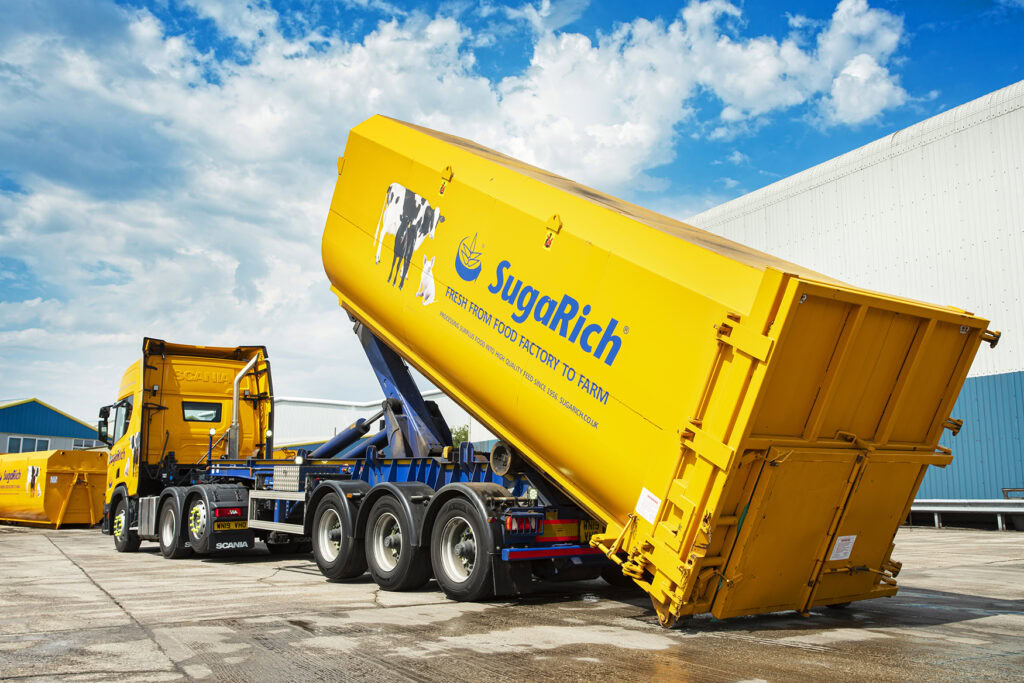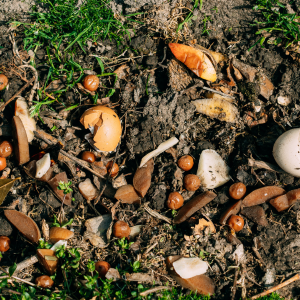The statistics were shared in WRAP’s annual food waste study, the Household Food Management Survey (previously known as the Food Tracker Survey). The report has been released to coincide with Food Waste Action Week (17 to 23 March 2025).
The survey gathers and monitors evidence on consumers attitudes, knowledge and behaviours around food waste in the home. The current dataset was collected in June 2024 over the course of 4,740 interviews which were undertaken with UK adults who have responsibility for food shopping or preparation in the home.
The report looked at four key products to track food waste trends: bread, milk, chicken and potatoes.
Respondents were asked to think of the last time they bought the products and estimate the approximate percentage of the food that ended up going uneaten and being thrown away.
The average amount wasted across all four sat at 21% waste, a slight increase of 0.8% in November 2023.
Food waste hit its highest point in June 2023 when levels were recorded to be at 21.7%.
The figure was at its lowest during the Covid-19 Pandemic, particularly in April 2020 when it sat at 13.7%.
Additionally, the respondents marked a decrease in concern around food prices (from 64% to 60%). WRAP said that – as cost-of-living pressures continue to ease – households are less concerned about food waste and this might cause a rise in food waste.
Who is wasting the most?
27% of respondents to the June 2024 survey classified themselves as “high food wasters”.
Younger citizens (aged 18-34 and 35-44) were found to be the most likely to have high levels of food waste.
The survey found that skills around judging and buying the right amount of food have weakened for the first time in several editions of the study. Except for bread, respondents generally rated themselves weaker at judging and buying the right amount of fresh produce compared to other products. However, this figure remained strong by historical standards.
Nearly nine in 10 (88%) respondents were able to identify something that they thought would help them reduce their household food waste. The most popular two options were:
- Checking the fridge, freezer, and cupboards to see what you have before the next shop (45%).
- Grocery retailers providing more choice of pack sizes (41%).









Subscribe for free